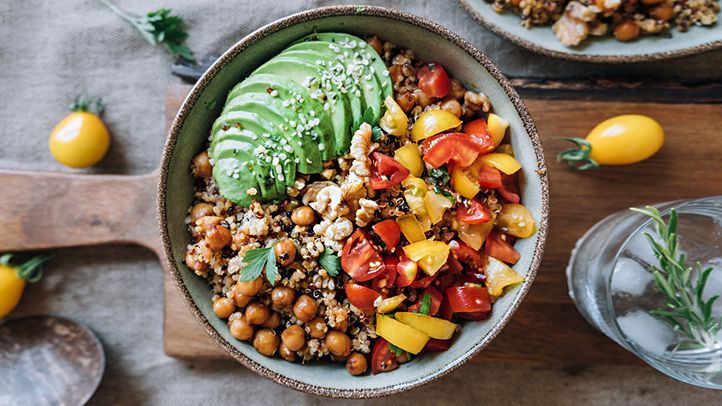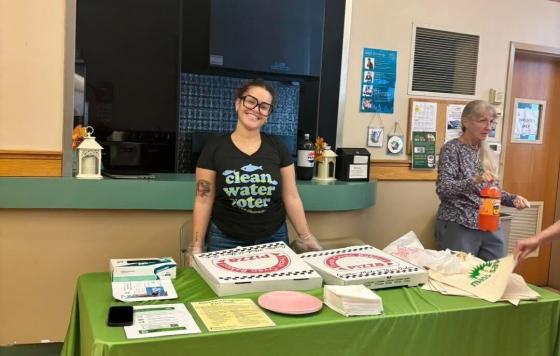
How to transition towards a plant-based diet to reduce your water footprint & eat healthier for yourself and the planet
In recent years, many people have started to pay attention to the science that shows the harmful effects that their heavy meat diets have on the land, animals, and water usage. A plant based diet --consisting of foods derived from plants – is generally found to be better for your health and the planet. A plant based diet includes vegetables, grains, nuts, seeds, legumes, and fruits - with little to no animal products.
This diet is a concept that has exploded in popularity, however is not a new idea. Many different cultures have successfully relied on a plant based diet for decades. For example, many Indian dishes align with the practice of non-violence towards all beings and are often vegan and vegetarian. Modern plant-based diets are influenced by the cultural and historical practices of many cultures, and we must acknowledge and respect where these ideas originate from.
The impact that a plant-based diet has on water consumption is immense; according to Dana Hunnes at UCLA Sustainability, a plant-based diet can reduce water consumption by up to 50 percent.
Another thing to consider when thinking about your food, is the distance your food travels to get to you. Food miles add up; a person who lives in Minnesota and has a diet that includes avocados from California every day has a much larger footprint than someone who grows their produce in their home garden. We know that home gardening is not accessible to all people, but doing your best to buy food grown as close to you as possible will help you reduce your footprint as well.
This is a big concept, but please don’t be overwhelmed. We have some tips to help you get started. Pick 1 or 2 changes you want to make right away. The rest will come.
Tip #1: Cut down on dairy and meat products
Now, before you start saying “how will I ever be able to get enough protein?!” rest assured, there are plenty of ways to get adequate nutrition from a plant-based diet such as beans, nuts, whole grains, lentils, seeds, and more. Producing a single pound of beef takes an average of 1,800 gallons of water to produce, while one pound of tofu takes 302 gallons of water. The below graph shows how much water common foods require:

Milk alternatives are abundant such as soy, almond, oat, and cashew milk. Choosing the right plant milk can be difficult, and everyone seems to have their favorite. Oat milk has the lowest water footprint out of all plant-based alternatives. Below is a chart showing the water usage during every point in production for each alternative milk:

Tip #2: Buy local produce and products
Minnesota has an abundance of farmers markets, find yours at this directory. Shopping local helps support small businesses and farmers while also reducing the number of food miles that are required to deliver food to your kitchen table. Contrary to popular belief, you can access many farmers’ markets year-round, however, produce available will shift depending on the harvest season.
Tip #3: Limit food waste
America wastes roughly 40% of its food. While precious water resources are used to produce our food, we are not getting the most out of what is produced while some still struggle to have access to healthy food. To make sure to get the most out of your food, you can start by finding new ways to preserve food at home. That means embracing the leftovers! Additionally, be conscious about your grocery shopping habits and. Planning out your meals before you shop eliminates unnecessary shopping, saving money, and using resources thoughtfully. When dining out, embrace the leftovers and bring your reusable containers when possible!
To accurately assess your and your household’s water consumption, visit this Water Footprint Calculator to decide where you want to start making changes.
https://www.sustain.ucla.edu/our-initiatives/food-systems/the-case-for-plant-based/
By: Abby Hornberger, Clean Water Action Volunteer and UMN Student


